Roman Emperor Trajan
98 - 117 A.D.
Caesar Divi Nervae Filius Nerva Traianus Optimus Augustus
Busts, Statues, Coins, Information, Maps, Images, and More

Trajan: From Iberian General to Optimus Princeps – A Reign of Expansion and Prosperity
Trajan, emperor of Rome from 98 to 117 AD, stands as a towering figure in Roman history. Renowned for his military prowess, ambitious building projects, and dedication to the welfare of the empire, he earned the title "Optimus Princeps" – the best ruler. His reign ushered in a golden age for Rome, marked by territorial expansion, economic growth, and a spirit of stability.
Early Life and Rise to Power
Born Marcus Ulpius Traianus in 53 AD in the Roman province of Hispania Baetica (modern-day southern Spain), Trajan belonged to a prominent Italic family. He pursued a military career, quickly rising through the ranks thanks to his exceptional talent and leadership skills. He distinguished himself in campaigns throughout the empire, from Germania to Africa.
His association with the reigning emperor, Nerva, proved pivotal. Recognizing Trajan's abilities and popularity with the army, Nerva adopted him as his heir in 97 AD, a surprising move considering Trajan wasn't directly related to the previous emperors. This adoption secured a smooth succession and ensured the continuity of power.
A Military Leader and Territorial Expansion
Upon becoming emperor in 98 AD, Trajan wasted no time in demonstrating his military prowess. He first focused on securing the northern borders, launching campaigns against the Dacians, a fierce tribe inhabiting modern-day Romania. After two brutal wars (101-102 AD and 105-106 AD), Trajan emerged victorious, expanding the empire's borders further east and enriching the treasury with Dacian gold. This victory cemented his reputation as a skilled military leader and brought immense prestige to Rome.
However, Trajan's ambitions extended beyond Dacia. He embarked on another ambitious campaign in the East, conquering the Parthian Empire and establishing Roman provinces in Mesopotamia (modern-day Iraq). This expansion pushed the empire's eastern frontier further than ever before.
Beyond Conquest: A Focus on Infrastructure and Public Works
Despite his military achievements, Trajan's reign was not solely defined by warfare. He was also a visionary leader who invested heavily in infrastructure and public works projects. He expanded the port city of Ostia, facilitating trade, and constructed a massive bridge across the Danube River, showcasing Roman engineering prowess.
Perhaps his most famous project was the magnificent Forum of Trajan, a complex of buildings in Rome that included a marketplace, libraries, and a triumphal column commemorating his Dacian victories. These projects not only provided jobs and stimulated the economy but also served as enduring symbols of his reign.
Social Reforms and a Focus on Welfare
Trajan instituted several social reforms aimed at improving the lives of Roman citizens. He established a program that provided financial assistance to poor children in Italy, demonstrating a concern for the well-being of his subjects. He also implemented reforms within the military, improving the conditions of service for soldiers. These measures earned him the loyalty and respect of the Roman populace.
A Legacy of Stability and Prosperity
Trajan's reign marked a high point in Roman history. The empire prospered under his stable and efficient leadership. The vast territories he conquered brought wealth and resources, allowing for ambitious building projects and social reforms. He is remembered as a capable military leader, a visionary emperor, and a benevolent ruler who earned the title "Optimus Princeps" – the best ruler – through his dedication to the well-being of the empire.
Challenges and Considerations
While Trajan's reign is often viewed as a golden age, it's important to acknowledge some complexities. His expansionist policies strained the empire's resources, and the newly conquered territories proved difficult to maintain in the long run. Furthermore, his social reforms, while beneficial, did not address the deep-seated inequalities within Roman society.
A Turning Point and the End of an Era
Despite these considerations, Trajan's influence on Roman history is undeniable. His reign ushered in a period of stability and prosperity that laid the groundwork for the empire's continued dominance for decades to come. He died in 117 AD during a military campaign in the East, leaving behind a legacy of military might, impressive public works, and a reputation as a just and capable emperor. His successor, Hadrian, chose to consolidate Trajan's conquests rather than embark on further expansion, marking a shift in Roman foreign policy.
Trajan's story offers valuable lessons in leadership, ambition, and the challenges of managing a vast empire. He stands as a symbol of the Roman Empire at its peak, a reminder of its immense power and enduring legacy.

More to Come...
Test your speed and knowledge with interactive typing games that challenge you to write the names of Roman Emperors, famous battles, and Latin phrases while improving your skills. A fun and educational way to learn history!

"The Conqueror"
Trajan was commander of the Roman army in northern Germany when Nerva adopted him as his heir and announced him as his successor, the next Emperor of Rome. In 98 A.D. Nerva died and Trajan became Emperor but he did not enter Rome for nearly a year and a half, once he had made certain that the northern frontier was safe. There was no uprising in Rome because of the tremendous respect the people had for Trajan. Once Trajan arrived he demonstrated his greatness, he made strong the roads, the harbors, the aqueducts, he expanded the libraries, made many repairs in the city, and he also swore an oath that he would shed no blood. He treated the people with fairness and the Senators with dignity. Trajan was born in 52 A.D. in Italica, Spain. He was of Italian descent and possibly not Spanish, some say because his next three successors were all Italian, although Hadrian's parents were born in Spain. Trajan was a military commander, and a conqueror. He commanded in the province of Germania, and was the first provincial commander to become Emperor. He led military campaigns in 101 A.D. for about five years and conquered Dacia (modern Romania). This monumental triumph is commemorated in spiral reliefs upon Trajan's column in Rome, which was erected in 113 A.D. and still stands today. He also collected annexation from the kingdom of the Nabataeans and made it the province of Arabia. He also freed the Armenians and the Mesopotamians from the rule of the Parthians. In Rome Trajan proved to be a very strong administrator, and he won the favor of the Senate as well as the upper class citizens. He proclaimed that a new day of liberty had dawned. He was a strong ruler for over 19 years when he became ill in Syria and died in 117 A.D. Trajan was second in the list of the "Five Good Emperors" who ruled Rome during the Pax Romana, and lasted until the death of Marcus Aurelius in 180 A.D. There are speculations regarding the death of Trajan in Syria, as well as his naming Hadrian, governor of Syria, as his successor.
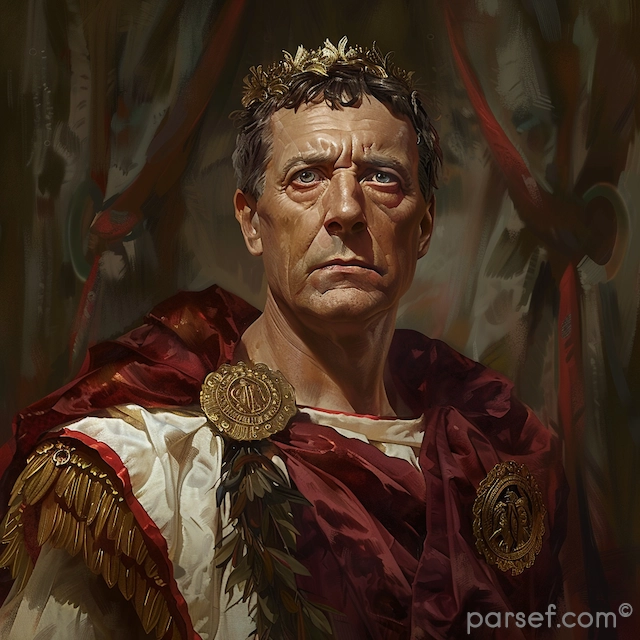
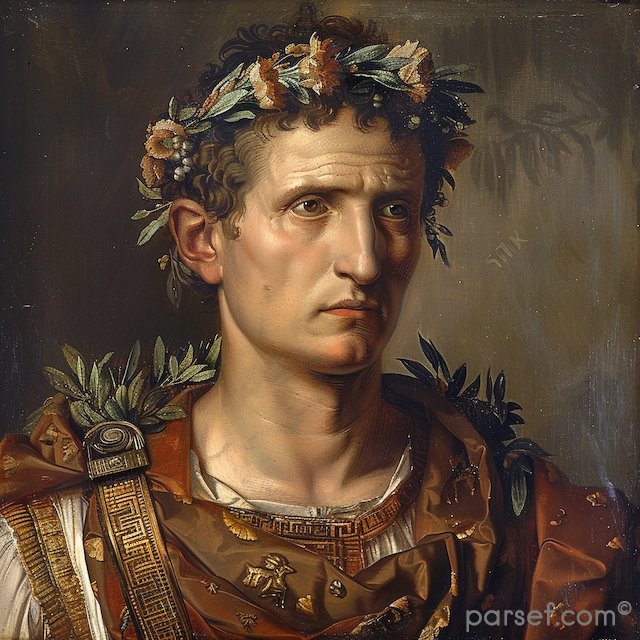
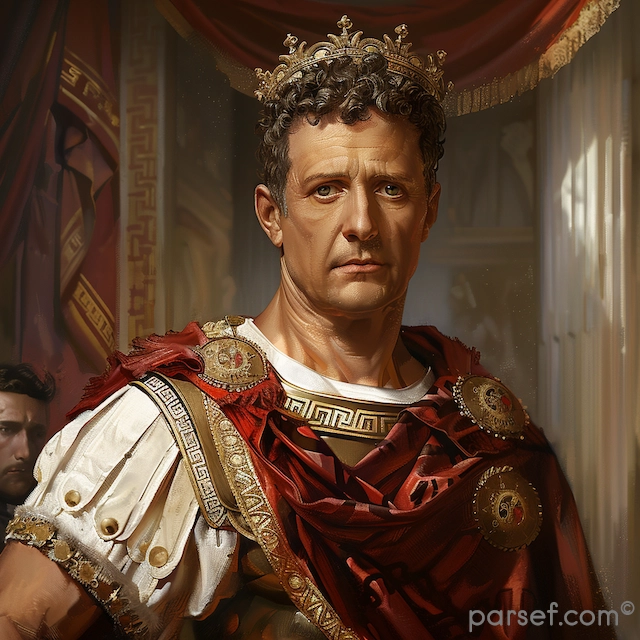
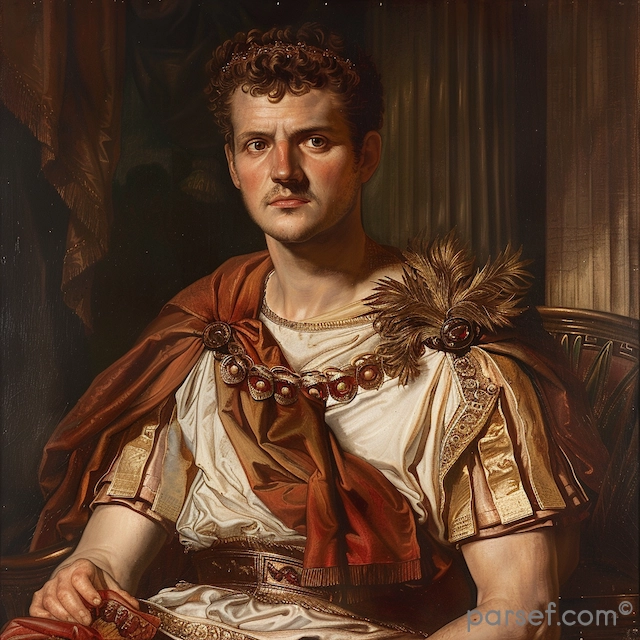
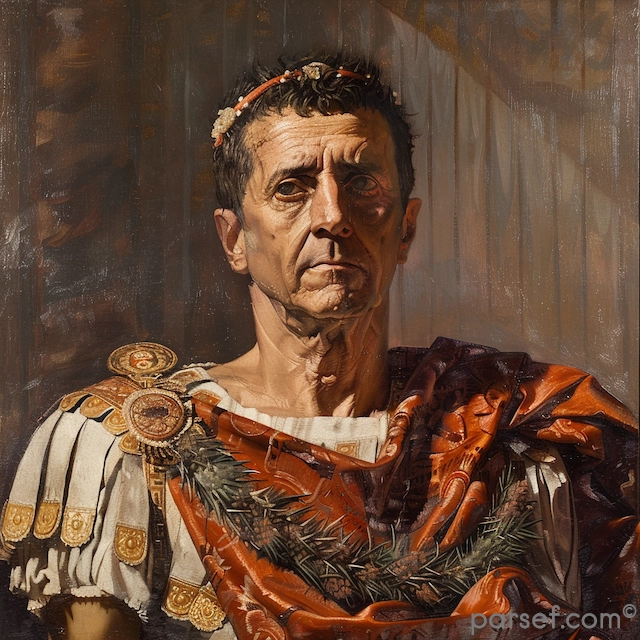

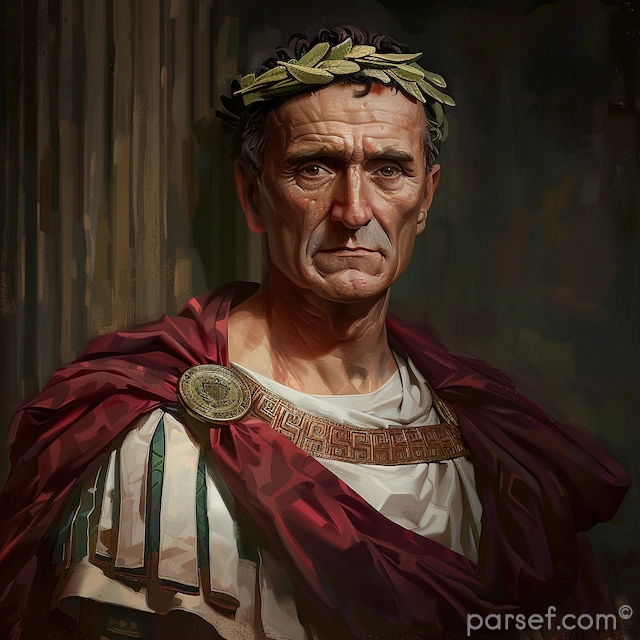
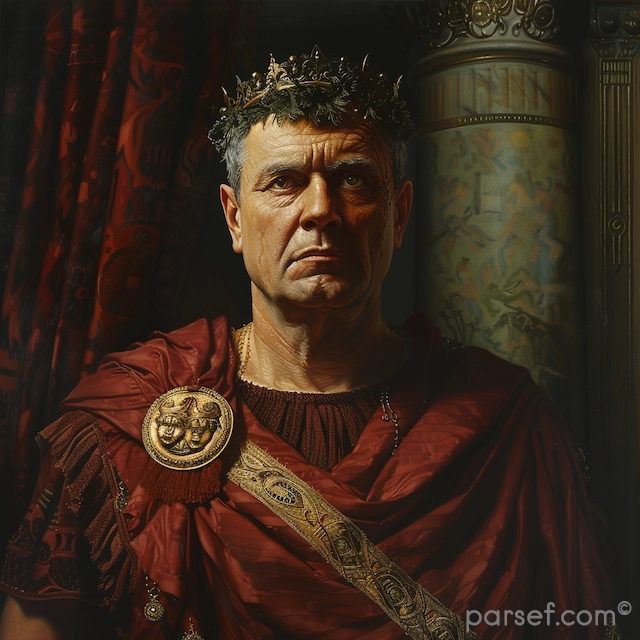


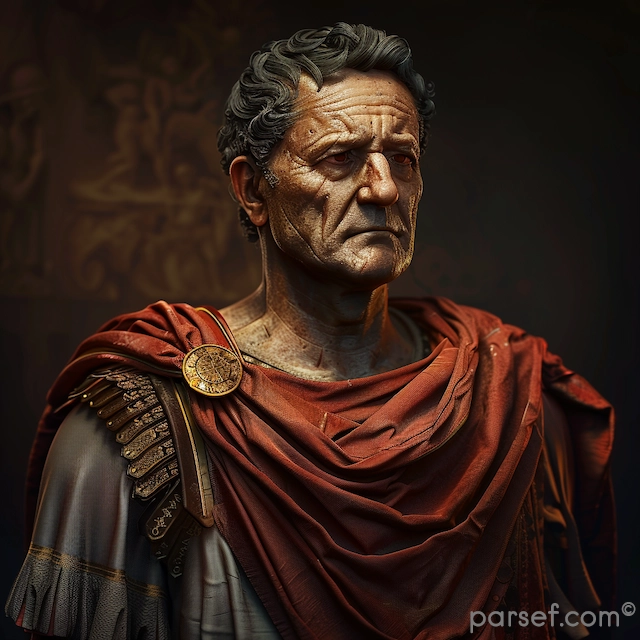
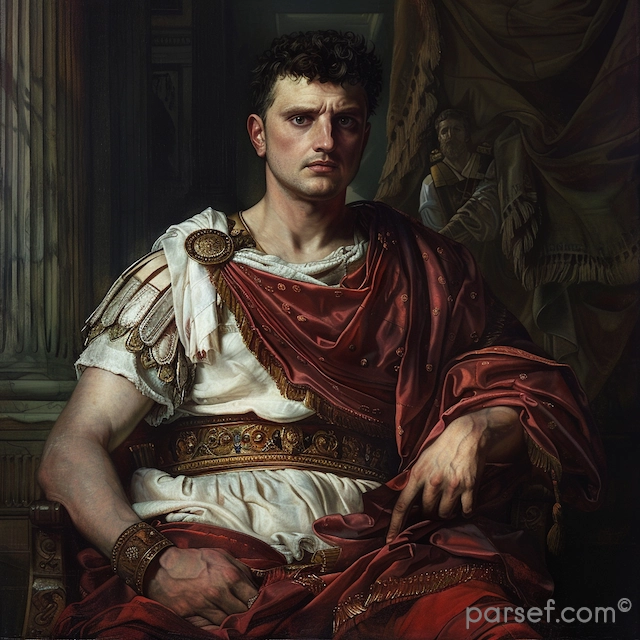
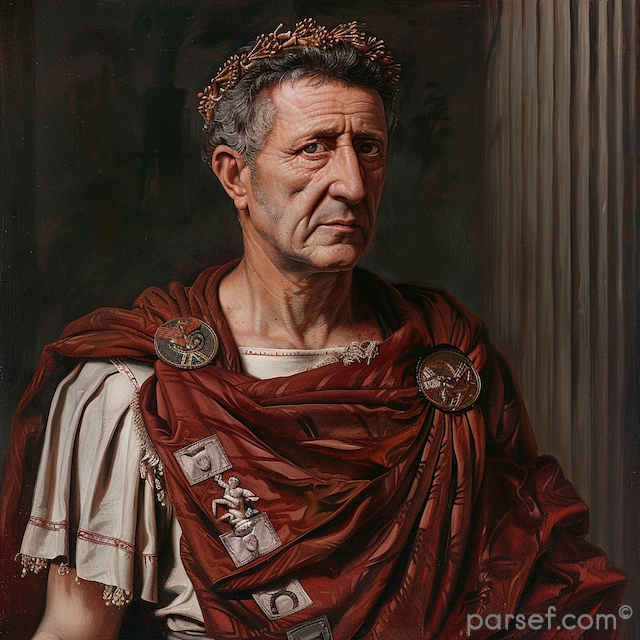




Latest




Popular




Useful




